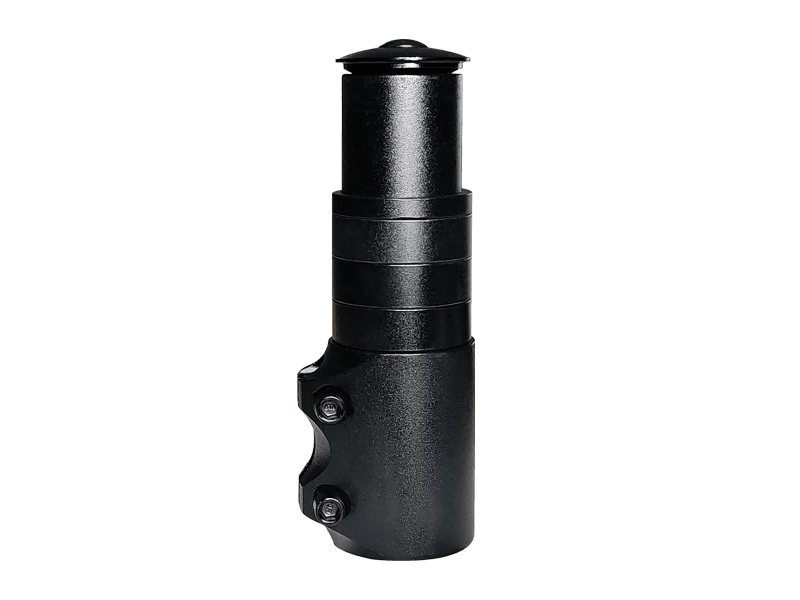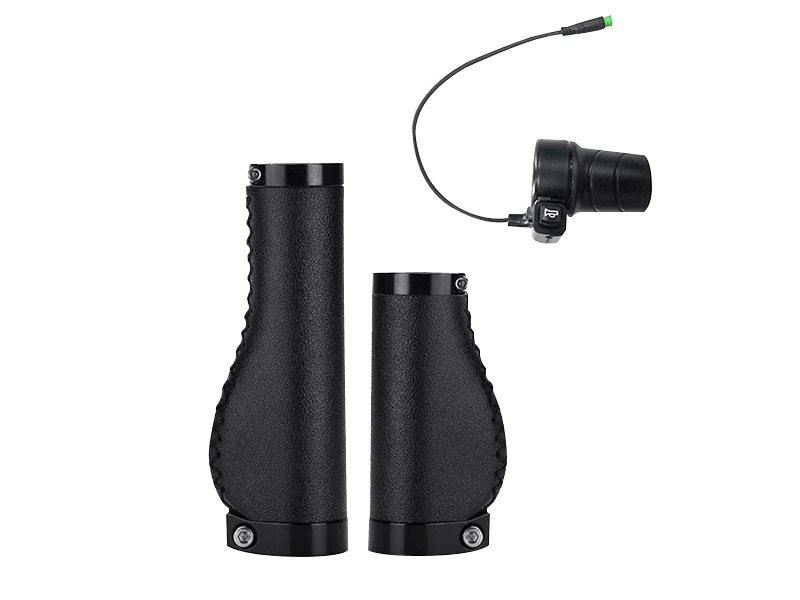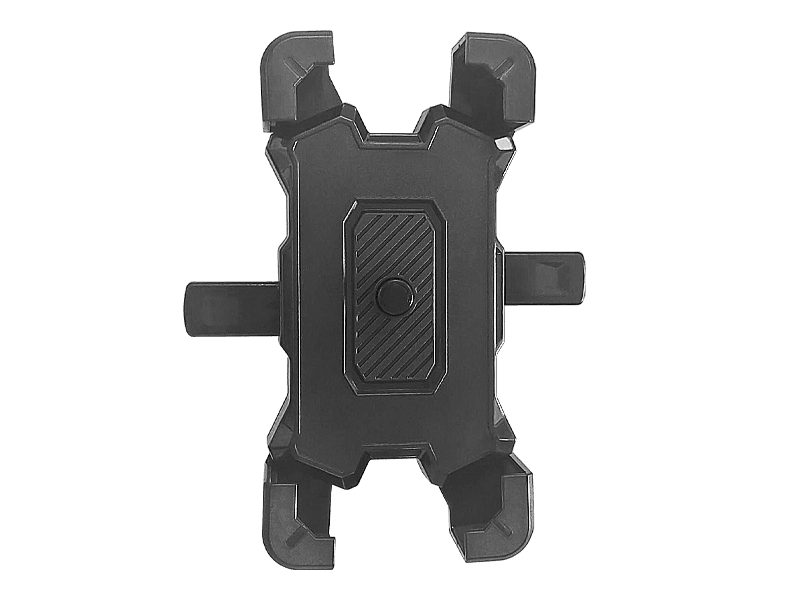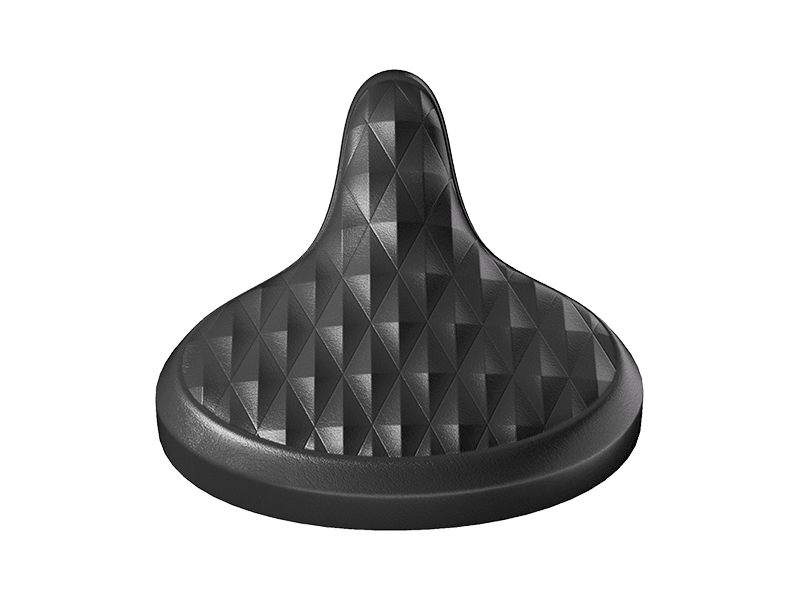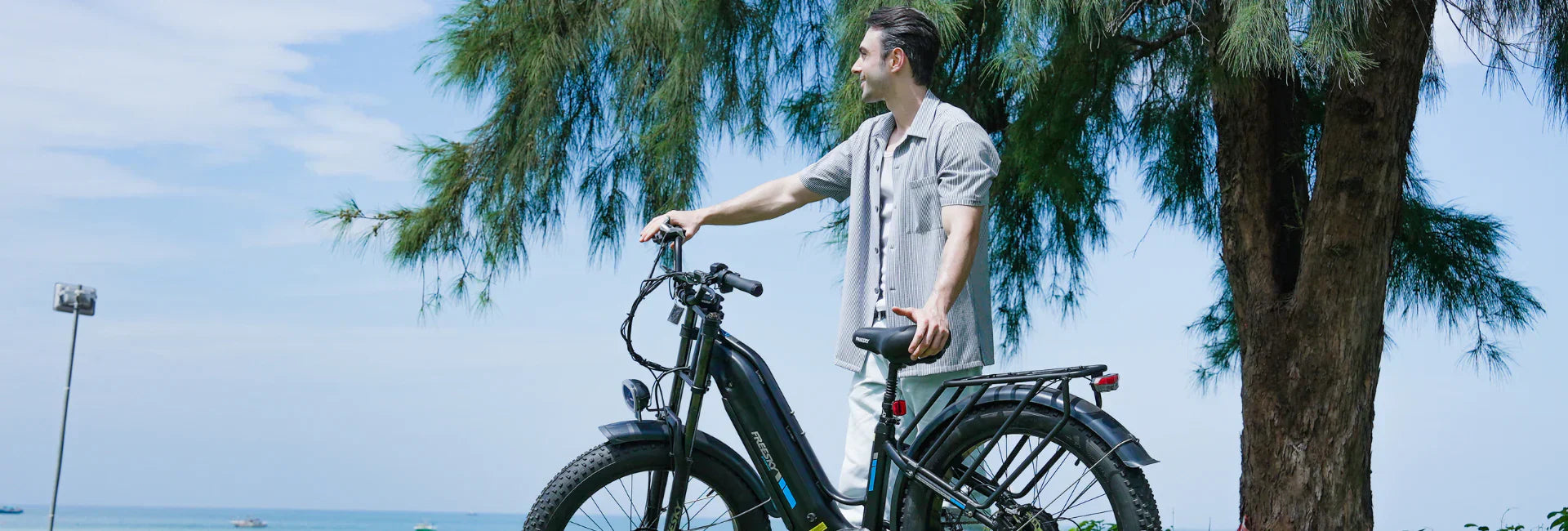Keep Your eBike Battery Healthy This Winter: Essential Tips
FEB 17, 2025
As winter approaches and temperatures drop, electric bike riders face new challenges in keeping their e-bike batteries in top shape. Cold weather can affect the performance and lifespan of your battery, but with the right care and precautions, you can keep it running smoothly through the colder months. Here’s how you can protect your electric bike battery during winter and ensure it stays in optimal condition.
Store Your Battery Indoors
One of the most important things you can do to protect your battery is to keep it out of the cold when not in use. When the temperature drops below freezing, the performance and range of your battery can be reduced. To avoid this, store the battery indoors at room temperature (around 15°C to 20°C or 59°F to 68°F) when you’re not riding. A heated garage, basement, or even inside your home is ideal.
Quick Tip:
If you can’t remove your battery, park your bike in a sheltered, warmer area like a garage.
Avoid Charging in Extreme Cold
Charging your e-bike battery when it’s too cold can damage its cells. Lithium-ion batteries are sensitive to temperature extremes, and charging them in freezing temperatures can result in permanent damage. To protect your battery, allow it to warm up to room temperature before charging. Once it's been indoors for a while, it's safe to plug it in and let it recharge fully.
Quick Tip:
If you’ve just returned from a cold ride, bring the battery inside and wait for at least 30 minutes before charging.
Insulate Your Battery While Riding
If you plan to ride in colder weather, it’s important to keep your battery insulated. A cold battery will drain faster, reducing your range significantly. Investing in a battery cover or thermal sleeve can help regulate the battery’s temperature while riding, protecting it from extreme cold and extending its performance.
Quick Tip:
You can find neoprene or thermal battery covers specifically designed for electric bike batteries. These are relatively inexpensive and offer great protection during winter rides.
Limit Your Riding Time
Cold weather causes the chemical reactions inside your battery to slow down, which affects its overall performance. During winter, you may notice a reduction in your battery’s range, meaning it won’t last as long as it does in warmer conditions. To avoid over-draining your battery, limit long-distance rides in freezing temperatures and plan shorter trips to conserve energy.
Quick Tip:
Keep your e-bike in eco or lower power modes to save battery life when riding in colder conditions.
Avoid Fully Draining the Battery
Lithium-ion batteries are best maintained when they are kept charged between 20% and 80%. Avoid fully depleting your battery in the cold, as it puts additional stress on the cells. If possible, charge your battery regularly after each ride to keep it healthy and ready to go.
Quick Tip:
During winter, aim to recharge your battery when it reaches around 30% to prevent any risk of over-depletion.
Keep Your Battery Dry
Winter often brings snow and slushy conditions, so keeping your battery dry is essential. Moisture can cause corrosion on the battery terminals and connections, leading to long-term damage. Always wipe down your battery after rides in wet or snowy weather, and store it in a dry place. You may also want to add waterproof protection to your battery connections and ensure all seals are intact.
Quick Tip:
Use a silicone cover to protect the battery port from moisture and water damage during winter rides.
Be Mindful of Long-Term Storage
If you don’t plan on using your e-bike regularly during the winter months, make sure you prepare your battery for long-term storage. Store the battery at around 50% charge and check on it periodically, recharging it slightly if necessary. Storing your battery at 100% or completely drained can negatively affect its lifespan.
Quick Tip:
Store your battery in a cool, dry place, and avoid leaving it in freezing conditions for extended periods.
Monitor Performance Regularly
Cold weather can disguise potential issues with your battery, so it’s important to monitor its performance throughout the winter months. Pay attention to any unusual behavior, like a sudden drop in range or slower charging times, which may indicate the cold has affected the battery. Addressing these issues early can prevent long-term damage.
Quick Tip:
If you notice a dramatic decrease in performance, consider consulting a professional to check the battery’s health.
Conclusion
Winter doesn’t have to stop you from enjoying your electric bike, but taking extra care of your battery is essential to keep it running smoothly. By following these simple tips, you can extend the lifespan of your battery and ensure it performs well throughout the cold months.
Remember, proper storage, insulation, and mindful charging are the keys to protecting your electric bike battery in winter. Stay warm, and ride safe!


